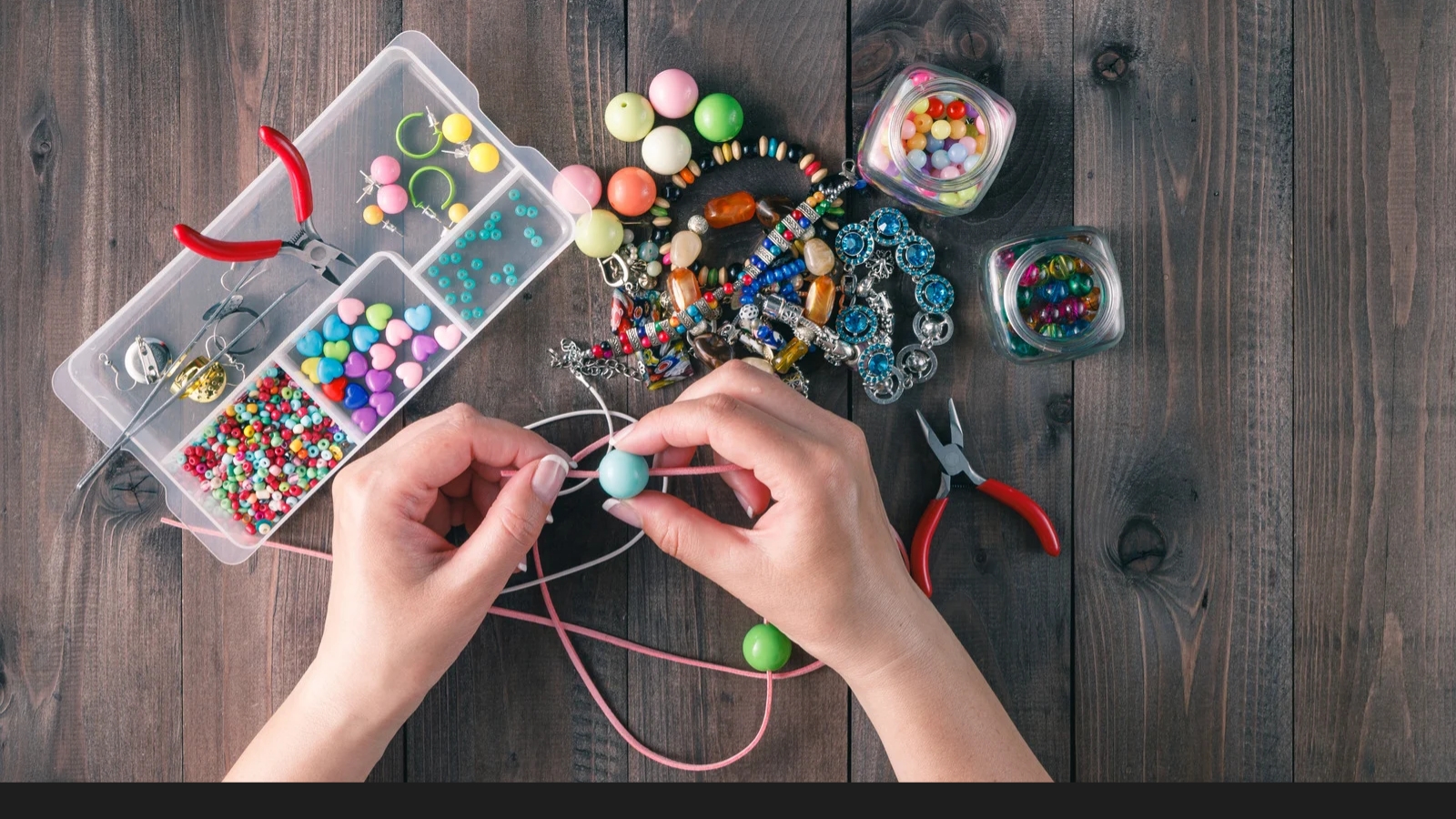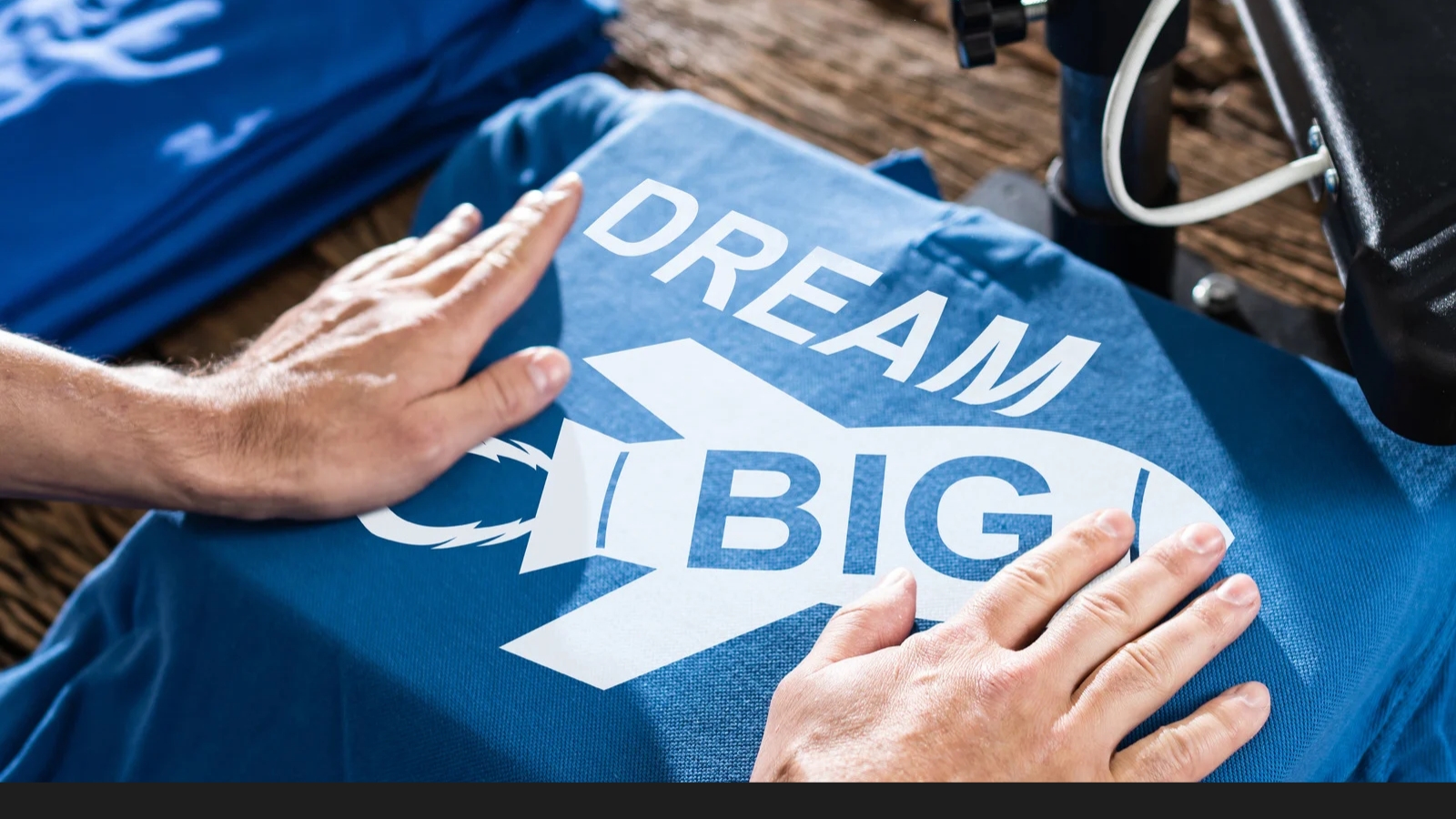Maybe you’ve stared at your couch cushions and thought, “There must be a way to turn this free time into cash.” Between daily routines, family duties, and that nagging desire for something extra, many people long for a side hustle that feels manageable. The good news: you don’t have to open a storefront or chase big investors. You can start small, right from your home.
Whether you’re a creative soul itching to make something with your hands, someone with a flair for writing or crafts, or just someone who wants to bring in a few extra dollars with minimal investment, this list is for you. Some ideas cost almost nothing to get started. Others require a small purchase of tools or materials. But all of them are doable by someone sitting at home, in pajamas, sipping coffee while working.
I’ll walk you through ten easy ventures you can start with little fuss and see real results. I’ll also share tips collected from folks who went down these paths themselves because nothing beats learning from someone who’s tripped, dusted themselves off, and come out smiling.
1. Handmade Jewelry or Accessories
You might picture a craft fair, but these days, many jewelry makers live entirely online. You can begin with simple materials like beads, wire, charms, or leather strips. Start with a handful of designs to test what people like. Photograph your pieces with natural light against a plain background.
Once you find a style that resonates (say, minimalist bracelets or nature-inspired earrings), scale gradually. Offer a small set of coordinating colors, maybe some seasonal pieces. When orders come in, package them in small boxes or pouches and include a handwritten thank-you note or a little card about your process—people treasure that personal touch.
Marketing is part of the fun. Use social media stories, short reels, or before/after transformation shots (raw materials to finished pieces) to draw eyes. You can also partner with influencers or micro-influencers who share your genre (fashion, boho, formal). Over time, you’ll learn which designs sell best, which prices hit home, and which marketing posts convert.
2. Customized Printables or Digital Downloads
You don’t need to ship anything because these items live online. Think planners, wall art, greeting cards, digital stickers, calendars, or budget trackers. You only have to create them once, then deliver them in PDF or image format. After that, every sale is profitable primarily.
Start by thinking about niches. Are you good with motivational quotes? Maybe your art style is calming and suits a home office wall. Or perhaps you can design wedding invitation templates. Use inexpensive or free design tools—test designs with mockups before listing them in your shop.
Marketing digital goods is different. You’ll rely heavily on good visuals—mockups that show how the printable might look framed, in a planner, or on a desk. Offer a free sample sheet in exchange for email addresses, then send your audience announcements or discounts. Because you incur no shipping cost, you can experiment with bundling, discounts, and upgrades without losing sleep.
3. Homemade Soaps, Candles, or Bath Products
If you like mixing scents, playing with textures, and experimenting with clean ingredients, this is a fun option. You can start small: melt-and-pour soap bases, essential oils, molds. Learn simple recipes first. Create a small batch, test them at home (skin safety first), and share samples with friends or neighbors for feedback.
As confidence grows, expand into more adventurous scents or shapes. Think herbal blends, scrubs with exfoliating bits, or candles with unique essential oil combinations. Package them in appealing containers with labels and branding that reflect your personality. And once you get favorable reviews, people start ordering again and again.
4. Print-on-Demand Apparel and Merchandise
You don’t hold inventory. Instead, you upload designs (illustrations, typography, slogans) to a print-on-demand platform that prints on shirts, mugs, tote bags, phone cases, and ships on your behalf. You only pay when a sale happens. To begin, pick 3–5 designs and list them on multiple items.
Use design trends but add your spin. Humor, puns, motivational quotes, minimal graphics—these often do well. Watch what’s trending on social media, but don’t chase fads too wildly. Make sure your designs are crisp and high-resolution. Ensure that mockups look clean and appealing.
Promoting POD (print-on-demand) items means showing real-world usage—people wearing your shirt at a picnic, or a mug on an office desk. Partner with influencers, run small ad tests, or do giveaway campaigns. Because you don’t manage inventory, you can try more experiments. When a design doesn’t sell in a few months, retire it. Keep renewing your catalog with new ideas.
5. Baking and Food Gifts (Nonperishable or Shelf-Stable)
If you love to bake or cook, this angle might feel like play. Think brownies, cookies, granola, spice mixes, flavored popcorn, or gift jars (cookie mix, hot cocoa mix, etc.). Choose items that hold well at room temperature and travel easily.
Begin with small orders —friends, neighbors, local markets —packaged in jars, cellophane packets, or boxes. Include ingredient lists and storage instructions. Branch into themed gift boxes for holidays or birthdays. One baker I know created “movie-night snack boxes” with flavored popcorn, small candy, and a quick recipe card.
Food ventures often demand permits or health safety compliance, depending on your state. Do your research. Scale slowly and collect feedback. If you can secure local storefronts or cooperative shops, you might place your goods there. People love “homemade but professional” gifts. Use your social media to show the baking process, ingredient sourcing, or packaging steps.
6. Pet Accessories or Treats
People spoil their pets. If you’ve got a soft spot for cats, dogs, or even smaller animals, consider making collars, bandanas, pet toys, or treats. For treats, use healthy recipes and packages in cute pouches. For accessories, use washable fabrics, safe materials, bright colors, or patterns.
Tell stories about your pets (if you have them) to connect. Show Fido modeling the bandana. Use customer photos. Let pet parents share their own stories with your items. That social proof builds trust.
You can also do custom orders, like matching owner-and-pet tees or monogrammed collars, if you’re good with customization, which often brings higher prices. You can attend pet fairs, local animal shelter fundraising events, or partner with groomers or pet boutiques for consignment.
7. Handmade Home Décor
If you love transforming spaces, try your hand at making home décor pieces. These can include wall hangings, macramé, painted signs, wooden shelves, coasters, or seasonal decorations. People crave warmth and personality in their homes, and handmade pieces deliver that charm.
You can start with simple projects using materials like reclaimed wood, rope, paint, or clay. Tutorials online can teach you new techniques for free. Once you’ve crafted a few items, take photos that show them in real settings—a cozy corner, a mantel, or a kitchen counter. Buyers love seeing how something fits into their lifestyle.
Consider building small seasonal collections. For example, fall-inspired wall hangings, Christmas ornaments, or spring wreaths. Partner with local furniture or plant stores to showcase your products. Home décor is a visual category, so strong photography and lifestyle branding go a long way.
8. Subscription Boxes or Curated Kits
This one starts small but can scale into something substantial. A curated box is a package of items themed around a topic, such as self-care, snacks, art supplies, gardening, or journaling. You assemble the boxes at home, list them for a monthly or quarterly subscription, and send out each round.
Begin by sourcing items in small quantities. Partner with small makers or buy wholesale. For your first box, limit it to 3–5 items to keep shipping simple. When you launch, market it as a “first edition” or “limited run.” Include a letter or card explaining your curation process—why you picked each item.
You’ll deal with packing, shipping, and subscriber retention. But once you have even a dozen steady subscribers, your income becomes more predictable. Encourage unboxing posts on social media, partner with influencers to review your box, and always keep refreshing with fresh surprises so your subscribers stay excited.
9. Handmade Stationery or Greeting Cards
If you enjoy drawing, painting, or graphic design, handmade stationery or greeting cards can be a hit. These small, personal products often sell well during holidays, birthdays, and other special occasions. They’re lightweight, easy to ship, and allow for creativity.
You can make cards using cardstock, stamps, watercolor, or digital tools. Combine art with witty or heartfelt messages. Offer sets for weddings, thank-yous, or everyday notes. Personalization is key—customers love cards with names, initials, or custom quotes.
Set up a small online store or join marketplaces like Etsy. Show how your cards look paired with envelopes or tied with twine. You can even bundle cards with stickers or bookmarks. Every occasion is a chance to send a smile in an envelope, and you can be the artist behind it.
10. Handmade Toys or Plushies
There’s something magical about creating toys that spark joy—especially when they’re safe, soft, and crafted with care. Handmade plushies, fabric dolls, wooden toys, or crochet animals can appeal to parents, collectors, and kids alike. This category blends nostalgia with creativity, making it stand out from mass-produced alternatives.
You can begin by sewing simple stuffed animals or crocheting amigurumi figures. Start with a few characters or themes—animals, storybook creatures, or custom requests. Use safe materials and double-stitch seams for durability. Handmade wooden toys, such as puzzles or building blocks, are also in demand, especially among eco-conscious parents.
Packaging and storytelling help immensely. Give each toy a little name or backstory—people love that emotional connection. Share photos of your process and finished creations on social media, and consider offering personalization options, such as embroidered initials or color choices. With each toy, you’re not just selling a product—you’re passing along a smile and a bit of childhood wonder.
Conclusion
You don’t need a storefront or an investor to create something valuable. Whether you craft jewelry, design digital art, bake goodies, make plush toys, or curate home décor, each of these ten ideas can begin with small steps, low overhead, and room to experiment. The key lies in paying attention to what people respond to, adjusting your offerings, and building trust through quality and consistency.
Pick one that appeals to your interests and strengths. Give it some time. Celebrate the early wins and learn from the stumbles. With passion, curiosity, and a bit of hustle, you might turn a side gig into something bigger—something that supports you, gives you joy, and opens doors you never expected.




